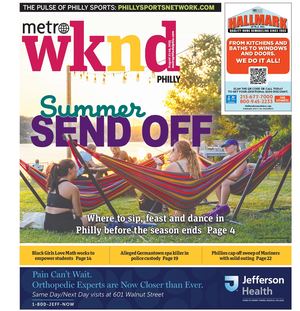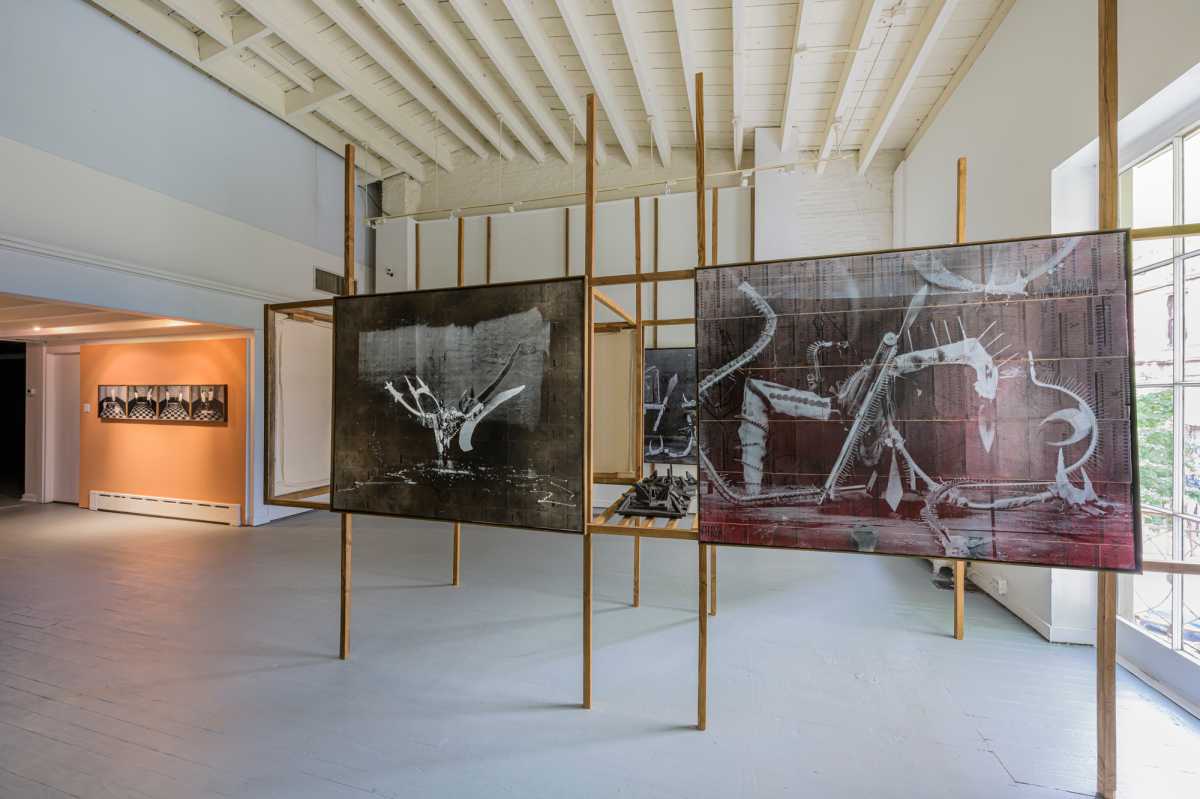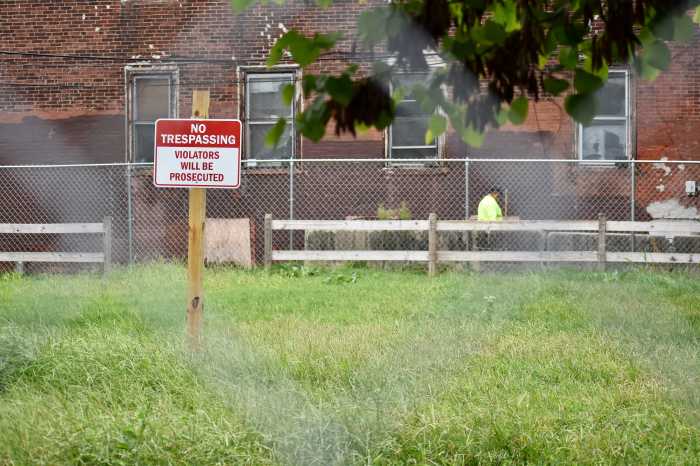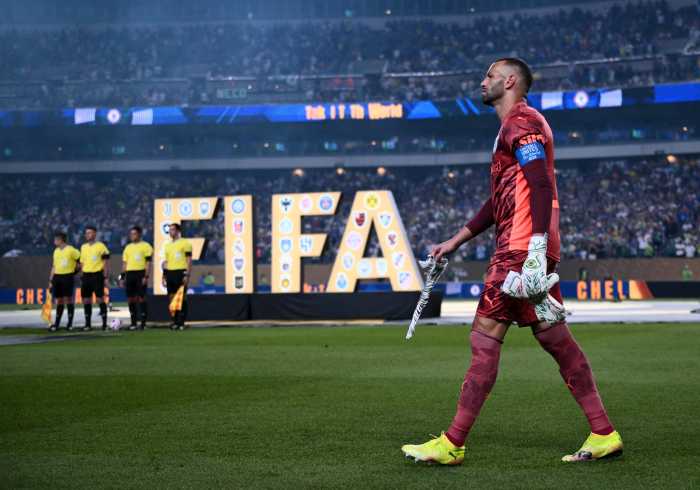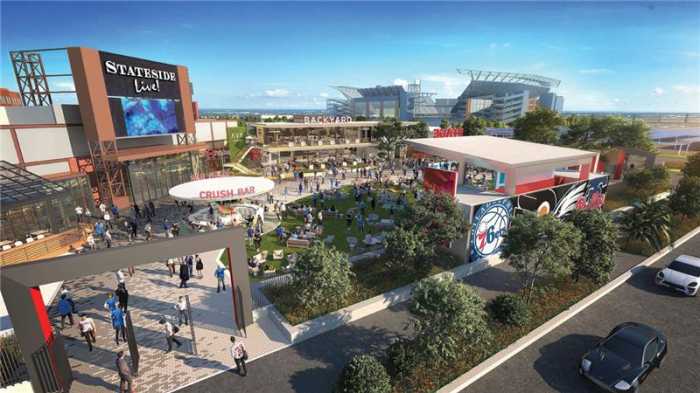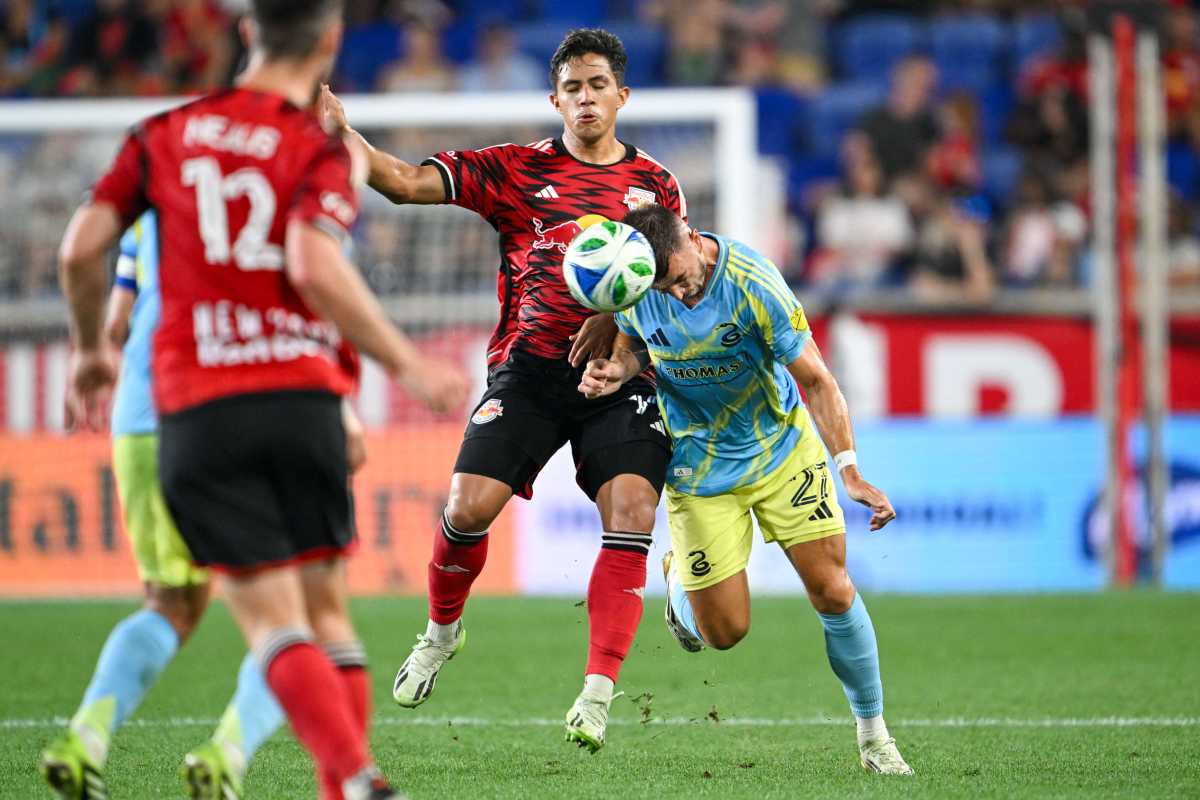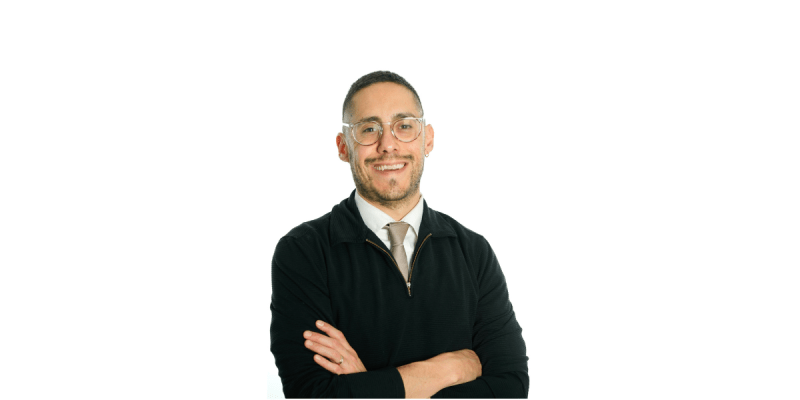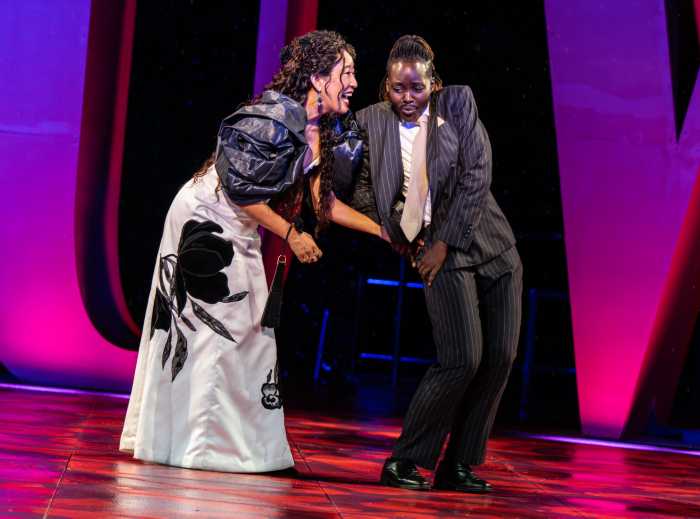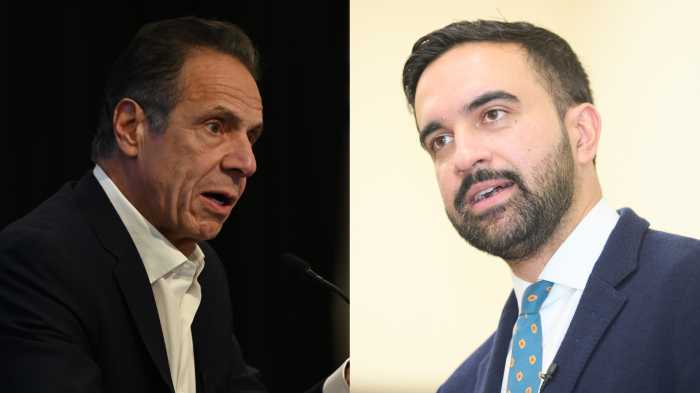When Chilean photographer and installation artist Rodrigo Valenzuela tells a universal, labor-informed story, he focuses on “the tensions found between the individual and communities” that often feature day laborers or the artist himself. With that, Valenzuela’s work serves as, what he calls “an expressive and intimate point of contact between the broader realms of subjectivity and political contingency.”
Valenzuela’s newest exhibition, Workforce—now on display at The Print Center in Rittenhouse Square—imagines a sci-fi tinged future for the working class, a class changed by issues of immigration and the practices of privilege, based in part by his own past as the son of a postal worker who arrived in America as a day laborer.
Valenzuela recently sat down with Metro to discuss more.
You came up in the Chile of Pinochet, part of a working class under a violent dictatorship. How would you say that helped form your visual aesthetic from the start, and how did it change after you arrived in America?
When I came to the United States in my early 20s, my worldview was still developing, but my interests had been established since childhood. Growing up in Chile during the 80s, being a part of the working class meant experiencing consistent oppression and manipulation. I developed a deep distrust of the media and recognized the power of images as a tool for control. Despite the challenging circumstances, I saw firsthand the dedication of my parents as they worked long shifts — my father as a mailman and my mother as a clerk at a shopping mall. When I arrived in Boston, I took on various jobs including construction work, landscaping, and moving. I continue to approach my art practice with the same level of dedication and effort as I did in those jobs.
Why did photography become your principal means of artistic expression?
Photography allows me to take my time, which is counter-intuitive because photography has been historically associated with the decisive moment or with immediacy. The camera, my Pentax 6×7, lets me become a more objective viewer of the objects and scenes I make in my studio. I spend my afternoon making objects, thinking about material and their socio-political meaning; often, they are not good enough, and there is when photography helps me to resolve many problems and somehow condition their meaning.
Do you always use your photography for good, for tying the literal and figurative architecture of labor practices, immigration and democratic and personal identity into one big ball?
I strongly believe that not creating art with that big ball could be disappointing and uninteresting. However, I want to clarify that I don’t think people should solely focus on creating work related to identity politics, as it can also be quite dull. Instead, we should use identity, social, and political issues as a starting point rather than the end goal.
What can you tell me about re-staging and re-photographing your work as a brand of illusion, of theater?
It’s crucial to contrast photography with reality to better depict the truth. The objects I showcase are genuine, as I’ve personally created them. Rather than capturing a mere moment, my images aim to document a complete thought process.
How has your life as you’ve led it figure into Workforce, and how did you come to choose Philadelphia and its Print Center to exhibit this?
The installation is another version of the thought process. You can move from photos, ceramics, screen-prints and video, leaving you with a different feeling that you have experienced each of the works individually. Or, I hope so. And Philly is a union town. The Print Center is one of the oldest nonprofits in the country, and everyone that works there is a very good person. It’s a trifecta.
Ultimately, how does Workforce speak to Philly area BiPOC and people of the Latin continuum?
Blue-collar poetics is accessible to everyone. Although I am influenced by my Chilean background, I am interested in connecting with those who get up and go to work.
Workforce is on display now through July 15 at The Print Center, 1614 Latimer Street. For more information, visit printcenter.org
